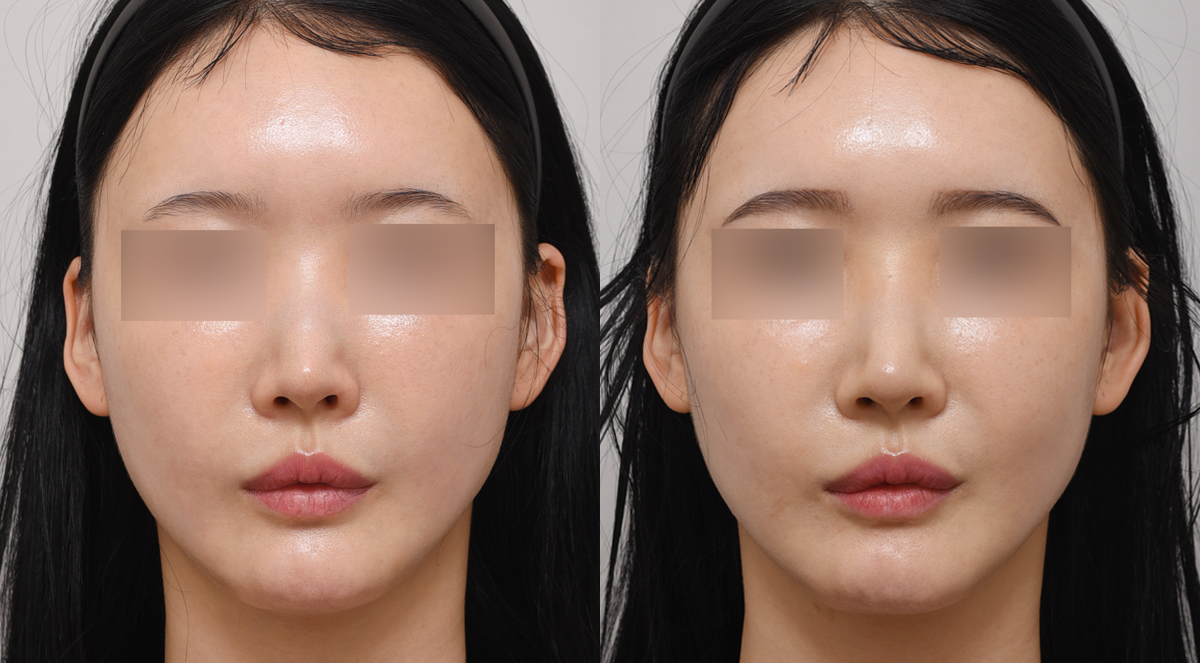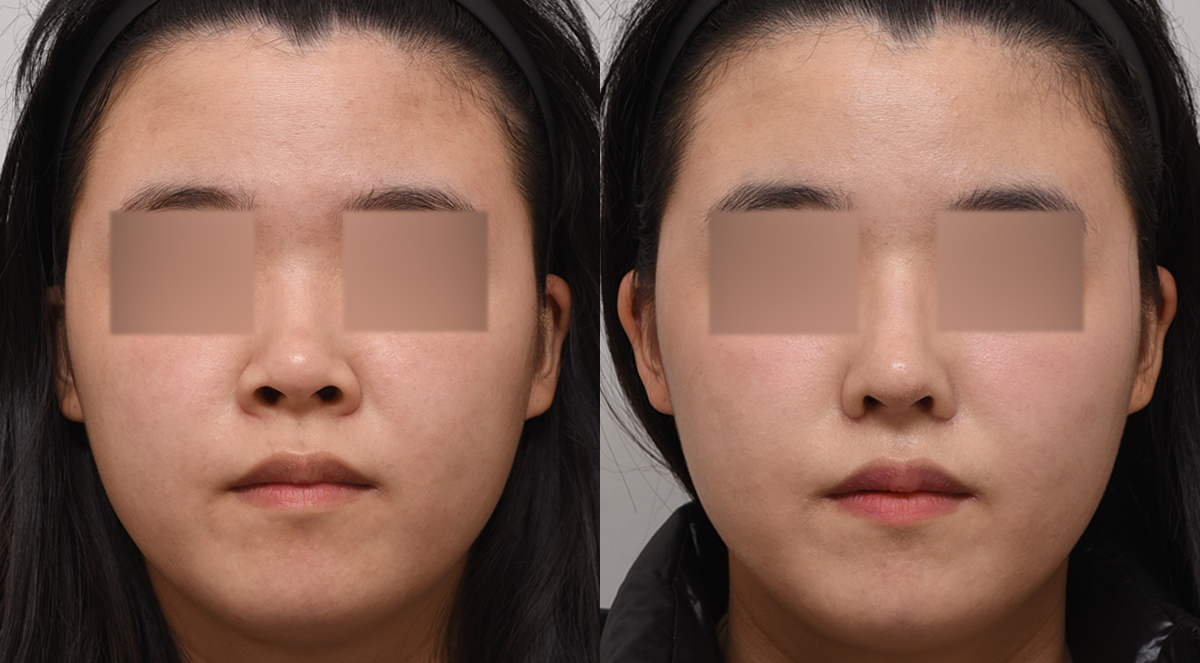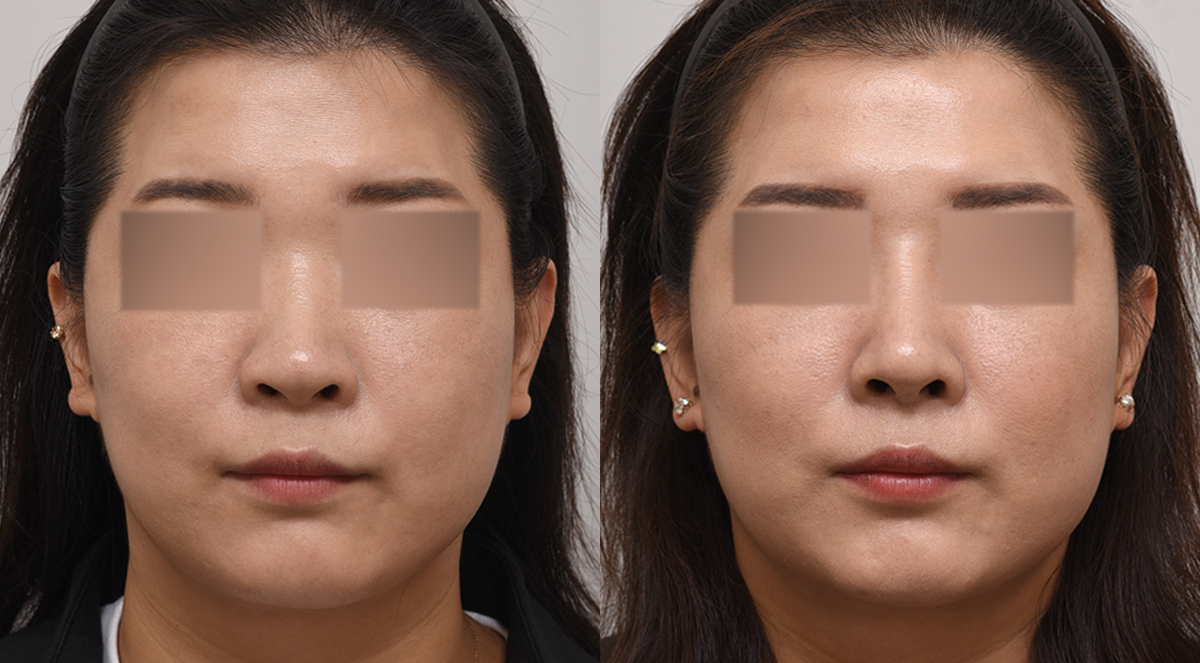Cleft Nose Surgery: What Matters Most in Treating a Condition
That Affects Facial Confidence?
Cleft lip and palate is one of the most common congenital conditions in children, affecting approximately 1 to 2 out of every 1,000 newborns in Korea.
It is caused by a combination of factors, including genetic influences, maternal vitamin C deficiency, and viral infections.
The condition develops when the facial tissues fail to properly fuse between the 4th and 7th week of pregnancy.
In some cases, it may not be detected even with prenatal ultrasound screenings.
Treatment typically begins with cleft lip repair at 2 to 4 months of age, followed by cleft palate correction before the child begins to speak.
However, during the growth process, lip and nasal deformities may worsen, and visible scarring from the initial surgery can lead to significant cosmetic concerns.
Patients with cleft-related nasal deformities often present with a lower nostril height on the affected side, a sunken nostril base, flared alar rims, and septal deviation.
Therefore, proper correction of the deviated septum is the first and most essential step to improve nostril asymmetry.
The cartilage on the lower nostril side must be elevated and matched to the higher side, and additional cartilage grafting is required to raise the nostril base.
Because this is a highly complex procedure, accurate anatomical diagnosis and extensive surgical experience are critical.
Dr. In-Sang Kim, the director of Be&Young, holds both a master’s and doctoral degree from Seoul National University College of Medicine.
He has also represented Korea as a speaker at the prestigious Chicago Rhinoplasty Symposium, one of the world’s leading rhinoplasty conferences.















